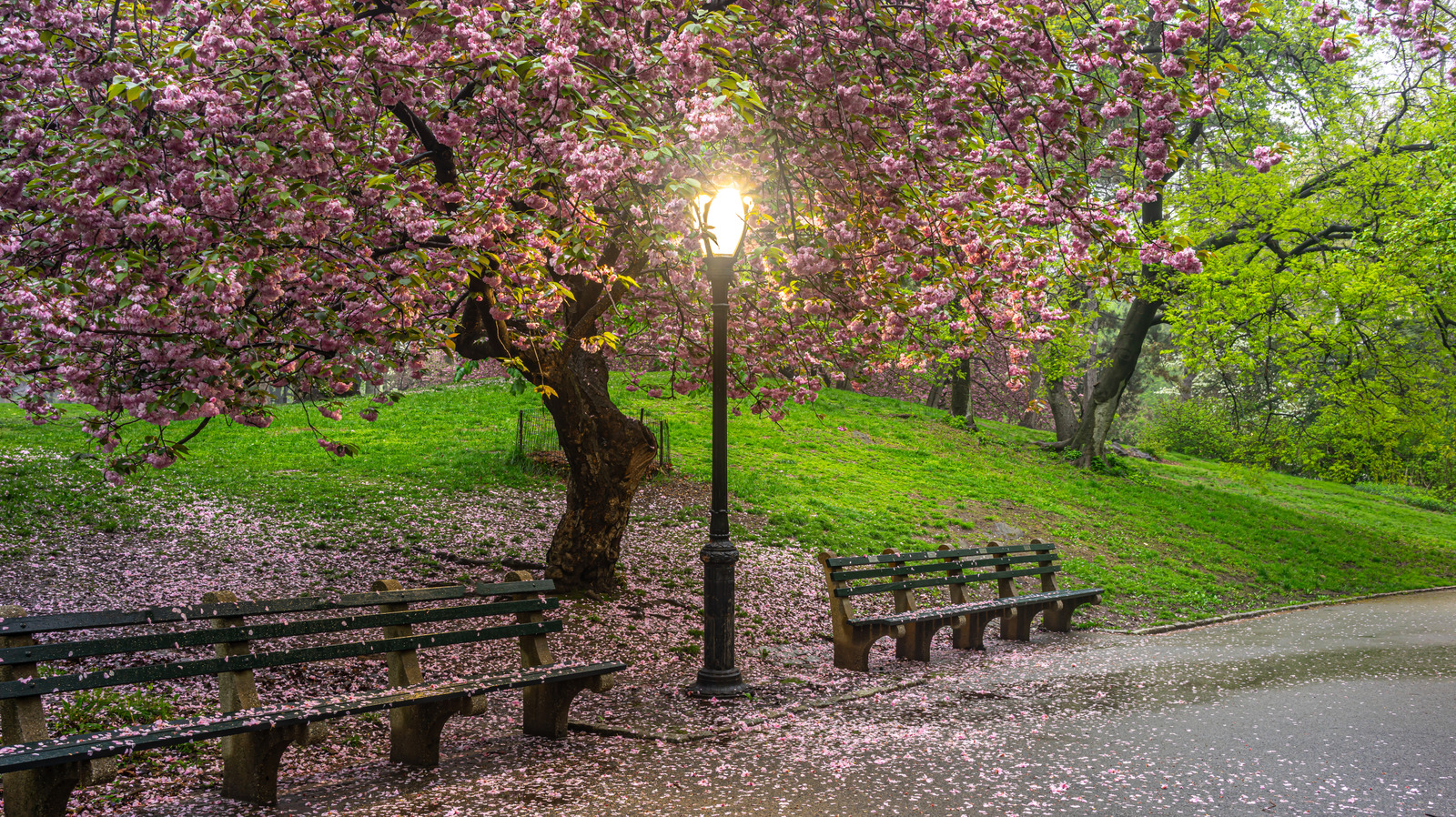
Humans are complex beings. While one group appreciates Thomas Kinkade’s art, another admires Wassily Kandinsky’s work. You might be listening to John Coltrane while your neighbor enjoys Celine Dion. It seems that every simple aspect of life is counterbalanced by something intricate and beautiful in a completely different manner.
However, when it comes to flowers, people prefer over-the-top beauty. If flowers were in the realm of fashion, automotive design, or home decor, they would be considered extravagant. But when they bloom on a stem or branch, they should be as flamboyant, frilly, colorful, and fragrant as breeders can imagine. They should be beautiful, and there should be plenty of them. Why settle for a single bloom when you can have ten, or why stop at ten when you can have 10,000 on a tree? In today’s culture, most individuals also prefer flowers that are easy to grow.
During spring, you may admire the extravagant floral displays but may not want to spend a lot of time caring for them. Fortunately, there are flowering trees that require minimal effort yet produce stunning blooms. And if they’re pink, even better. Here is a comprehensive list of pink flowering trees that are easy for gardeners of all levels to cultivate.
Kwanzan cherry
Think of a tree covered in pink blooms, and you’re likely picturing a Kwanzan cherry tree (Prunus serrulata ‘Kwanzan’). It is one of the most popular double-flowering cherry trees, known for its sublime pink blooms that are almost impossible to capture in a photograph. Kwanzan cherries typically bloom in April and early May and are native to China, Japan, and Korea. These trees grow well in USDA hardiness zones 5 through 9, reaching a mature height and spread of 30 to 40 feet. While they prefer full sun, they are adaptable to various soil and water conditions. Keep in mind that Kwanzan cherry trees do not bear fruit and have a relatively short lifespan of 15 to 25 years.
Flowering almond
Prunus triloba, also known as flowering almond or double-flowering plum, is a variety that produces double or semi-double blooms. This tree is hardy in zones 3 to 7 and thrives in full or partial sun with moist, well-drained soil. It typically grows up to 10 to 15 feet tall and features foliage that turns a red-tinged yellow in the fall. Flowering almond trees do not produce much fruit and are often mistaken for other Prunus species, so it’s essential to ensure you’re getting the correct variety.
Weeping cherries
Weeping cherries, such as the weeping higan cherry and weeping Yoshino flowering cherry, are known for their drooping branches and beautiful pink blooms. These trees grow at least 15 to 20 feet tall and wide, with the weeping higan cherry reaching up to 40 feet in height. Both varieties are easy to grow and provide a stunning display of blossoms. The weeping Yoshino cherry is more tolerant of different soil conditions and moisture levels, making it a versatile choice for any garden.
Eastern redbud
The eastern redbud (Cercis canadensis) is a native tree of the eastern United States that produces rosy blooms in April. These flowers range from pink to purple and add a stunning pop of color to any landscape. Eastern redbuds can grow up to 20 to 30 feet in height and spread 25 to 35 feet. They thrive in various soil conditions and can tolerate full or partial sun. Prune your redbud tree in summer for the best shape and health of the tree, as they have a unique branching structure that can be sculpted with proper care.
Pink dogwood
The pink dogwood (Cornus florida ‘Rubra’) may not demand attention like other flowering trees, but its delicate pink blooms are a sight to behold. These trees can grow in dappled sunlight and produce near-white-to-intense-pink flowers in spring. While the pink dogwood’s blooms are actually modified leaves called bracts, they still offer a stunning display of color. Pink dogwoods thrive in zones 5 to 8 with rich, slightly acidic, well-drained soil. Once established, they are relatively easy to care for and can be a beautiful addition to any garden.






